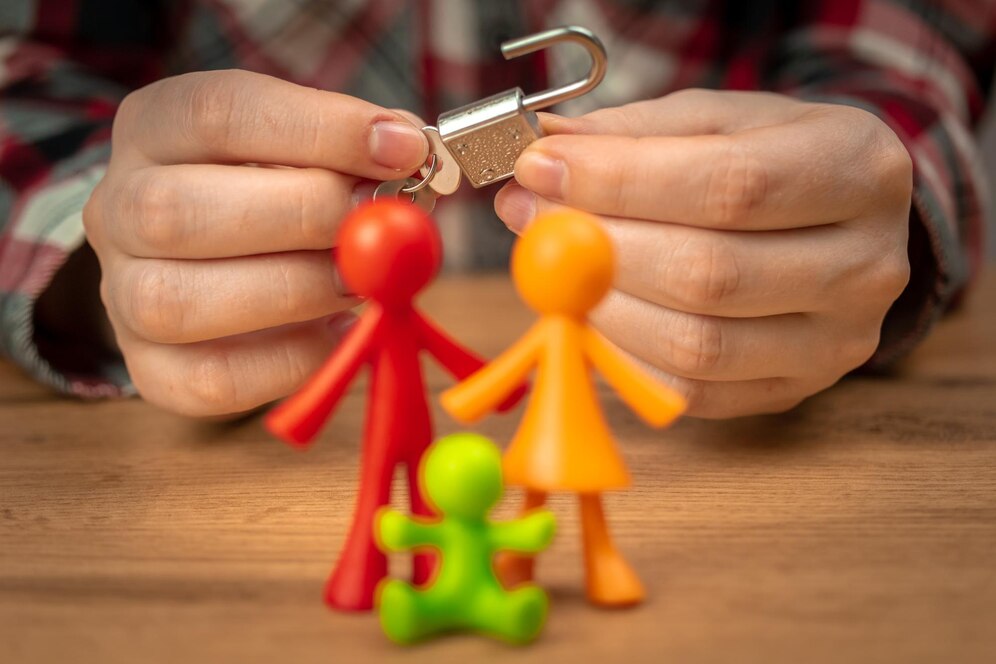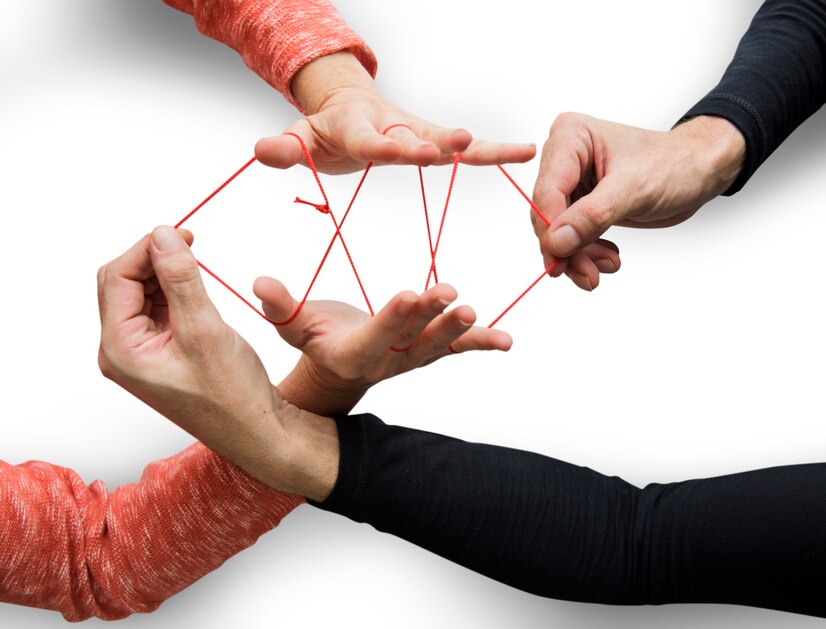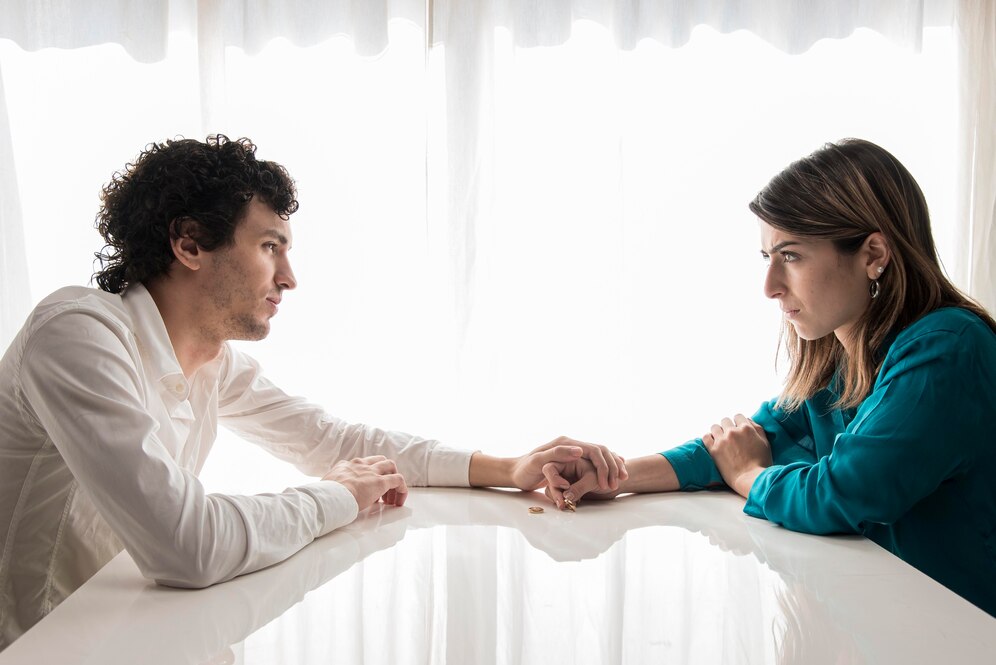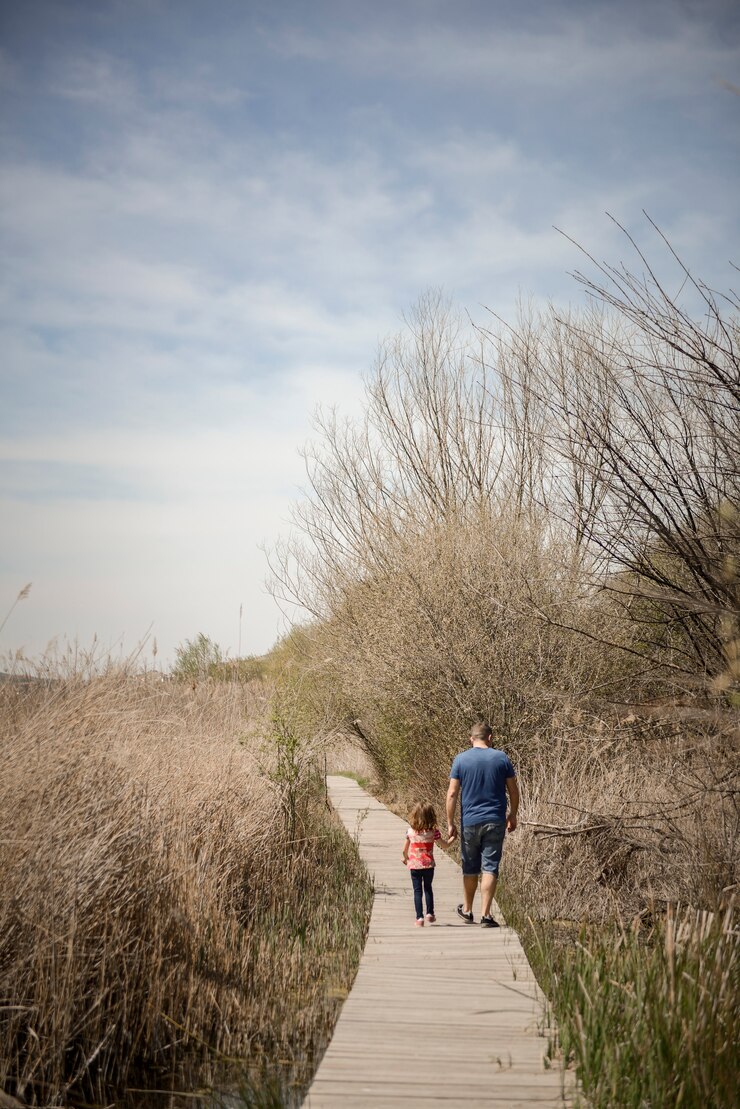
First presented by British psychologist John Bowlby, attachment theory helps us to understand how early interactions with caregivers shape our patterns of attaching to others all around. Your attachment type greatly influences your connection, communication, and coping mechanism whether negotiating friendships, family dynamics, or romantic relationships.
Our brain and emotional systems capture the conduct of our caregivers as we develop. These early patterns generate “working models” of relationship dynamics. Fortunately, recovery is possible even if we acquire insecure attachment types. By means of self-awareness, therapy, possible even if we acquire insecure attachment types. By means of self-awareness, therapy, and useful instruments as attachment style worksheets, people can transform their relationship patterns and develop stable attachment in adulthood.
Bowlby first proposed attachment theory in the 1950s; Mary Ainsworth “Strange Situation” research revealed various forms of attachment in young children, therefore extending the idea. Their research exposed how babies react to their caretaker and how such behaviors created emotional future expectations.


Knowing your attachment style will help you to understand your relationships, emotional triggers, and behavior patterns. There are four main styles:
Origin: Developed when caretakers are regularly loving and attentive.
In maturity, these people have good limits, freely express their feelings, and can keep closeness free from dependence or dread.
Features: clingy, clinging, terrified of abandonment.
Origin: Developed when caregiving is uneven—sometimes loving, sometimes negligent.
In adulthood: Anxious people could feel undeserving, ask for continual comfort, and over-invest in relationships.
3.Emotionally detached, self-reliant, avoids connection in traits of dismissiveness-avoidant attachment.
Origin: Usually results from emotionally incapable or rejecting parents.
In maturity, these people may shun emotional closeness, find difficulty opening out, and repress sensitivity.
4.Disorganized but fearful-avoidant Attachment traits: emotional volatility, internal conflict, great anxiety of proximity.
Origin: Usually connected to trauma, abuse, or great unpredictability in caregiving.
Often caught in push-pull dynamics and self-sabotaging actions, craves connection but also fear it in adulthood.
Your attachment type is sometimes more obvious when you are in emotional turmoil or romantic involvement. For instance:
Anxiously attached people may check their partner’s phone or experience fear when not soon texted back.
People who are avoidantly attached may ghost relationships or shut down under trying circumstances.
Fearful-avoidant people may start closeness then quickly retreat from it out of anxiety.
These patterns are adaptive survival strategies, not defects. Unchecked, though, they can lead to repeated cycles of pain and alienation.


Yes. Attachment styles have nothing to do with fate. People can move toward earning a safe connection with deliberate self-work, therapy assistance, and emotionally corrective events.
Often through mental health treatment or stable partnerships that provide fresh examples of safety and trust, earned secure attachment is the state in which someone once insecure learns to build secure ties.
Healing starts within awareness. One great beginning step is realizing your attachment style. Among the priceless tools available are attachment style worksheets, contemplation prompts, and guided activities (like those offered at PositivePsychology.com).
Here are some practical techniques:
Professional questionnaires and online resources will enable you to determine your attachment style. Usually, these cover issues on how you handle emotional intimacy, conflict, and dependency in relationships.
Keeping a notebook lets you find the roots of your trends. Prompts could be:
When I needed comfort, how did my carers react?
In times of emotional proximity, what feelings surround me?
In relationships, when should I draw back or cling?
The subconscious mind stores much of connection trauma. Inner child healing helps you to reconnect with your younger self by helping you to see unmet needs and develop compassion and care-giving ability.
Common methods include:
This approach sees the person as composed of “parts,” some injured and some defenders. The avoidant component, for instance, might be safeguarding a badly wounded kid. Therapists working with these components allows them to harmonize and integrate.
Working with a therapist with attachment issues focused expertise can be transforming. Early relational trauma can be processed with modalities including EMDR, somatic therapy, and schema therapy.
You must purposefully practice new ways of thinking, feeling, and relating if you want to develop safe attachment. This is how:
1.Gain skills in emotional regulation
People who have securely bonded themselves control their stress without resorting to overwhelm or shutdown. Investigate:
2.Establish and honor your boundaries
Learn to say “no” without feeling guilty and to let others set their limits without interpreting them personally. This fosters in relationships mutual respect and safety.
3.Share truthfully and clearly
Express emotions with “I” phrases. As an illustration:
4.Build Safe Relationships
Seek for emotionally secure people to surround you. This may call for friends, lovers, mentors, or therapists who:

Knowing your attachment style affects your parenting as well. Young children copy your behavior and rely on emotional attunement to create close relationships. By means of introspection on your early years and healing of your own scars, you can disrupt cycles and foster loving surroundings for your children.
Effective methods:
Attachment-based worksheets will help you on your path whether daily or weekly activities. You would:
Healing your attachment traumas is about awareness; it is not about perfection. There is always potential for change whether your attachment style is disorganized, avoidant, or anxious.
Investing in your emotional health, knowing your patterns, and using fresh relational techniques will help you create very fulfilling, safe relationships with others—including yourself.
know that you are not broken. Your attachment style is a road map to knowledge; with the correct tools and help, you may reroute the course.

for self pay clients please use the book Now tab to schedule